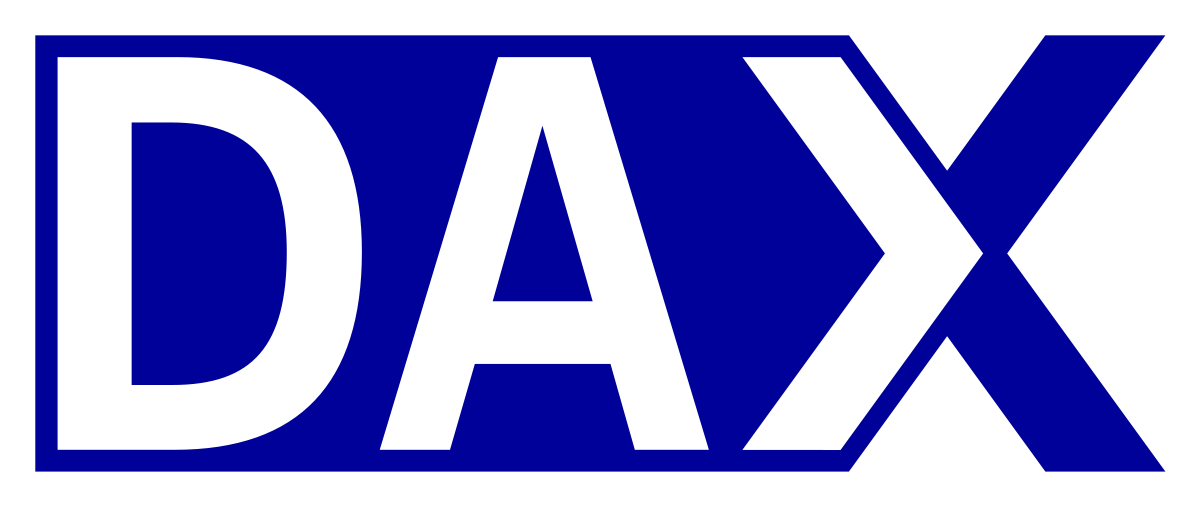
Table of Contents
What is the Gini Index?
The Gini index, created by Corrado Gini - an Italian statistician and sociologist - is commonly referred to as the Gini coefficient or Gini ratio. It is a measure of demographic distribution used in Economics to estimate the average Income of a population. The most often used method for estimating inequality is the Gini index.
It is calculated by assessing the wealth distribution among the population. Once the result is computed, it comes between 0 (0%) and 1 (100%), with 0 denoting perfect equality and 1 denoting absolute inequality.
Gini Index Decision Tree
Decision trees are frequently used when putting machine learning algorithms into practice. By moving through the tree's nodes, the hierarchical structure of a Decision Tree guides you to the result. As you travel down the tree, more nodes are added, further dividing each node into attributes or features. Splitting metrics like the Gini Index, Information Gain, etc., are used to determine this and how to divide the tree.
Gini Index Calculation

The Gini index can be determined in many ways. The two most common methods are as follows:
- Based on pre-tax (Market) income
- Based on disposable income
Taxes and social spending are included in the second method. The gap between the two approaches is a measure of how well a country's fiscal policy, which includes social expenditure and taxation, does at bridging the rich-poor divide.
The Lorenz Curve provides the Basis for the mathematical definition of the Gini Index. The distribution of wealth and income is depicted graphically by the Lorenz Curve. Here is the formula for the calculation:
Gini Coefficient = A / (A + B)
where,
- A is the area above the Lorenz Curve
- B is the area below the Lorenz Curve
Talk to our investment specialist
Why is the Gini Index Important?
The following reason justifies why the Gini coefficient is one of the most often used indicators of economic inequality:
- To keep the gap between the affluent and the poor in check, it is critical that the government works to preserve a healthy ratio
- A rise in the Index suggests that the government's policies are not inclusive enough and favour the wealthy over the poor
- A larger ratio can motivate the government to spend more on social welfare programmes and raise taxes for the wealthy group
Since traditional measures of inequality are unable to predict negative values for income and wealth, the Gini coefficient is a valuable tool for estimating inequality. It does, however, have certain drawbacks.
For instance, it picks people at random moments in their lives. It cannot, even with a huge sample, distinguish between those whose financial futures are somewhat safe and those who have no prospects.
Gini Index India
According to the "World Inequality Report 2022," India ranks as one of the world's most unequal countries, with growing poverty and an "affluent elite." The research points out that the top 10% and top 1% in India own 57% and 22% of the entire national income, respectively, while the proportion of the bottom 50% has decreased to 13%. As of March 2020, India's Gini Index was 35.2 (0.35), according to the World Bank.
The Bottom Line
The Gini index calculates the deviation from a completely equal distribution of income or consumption across people or households within an Economy. It ranges from 0% to 100%, where 0% indicates perfect equality and 100% indicates perfect inequality. What it fails to show is just how wealthy that country really is. However, it does not take into account overall economic well-being or life quality.
All efforts have been made to ensure the information provided here is accurate. However, no guarantees are made regarding correctness of data. Please verify with scheme information document before making any investment.












